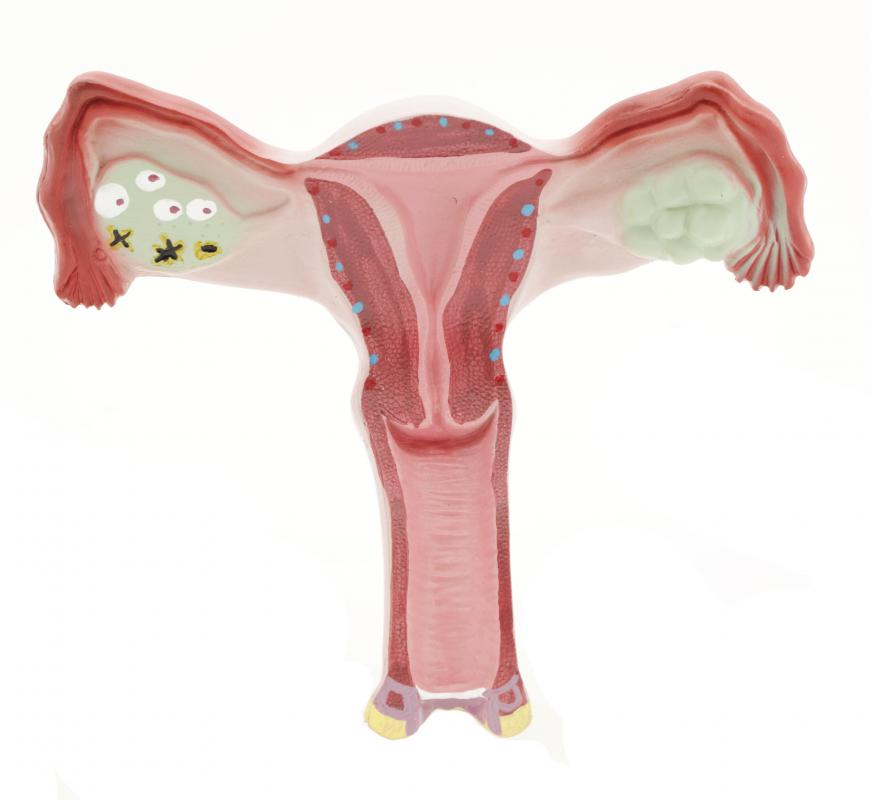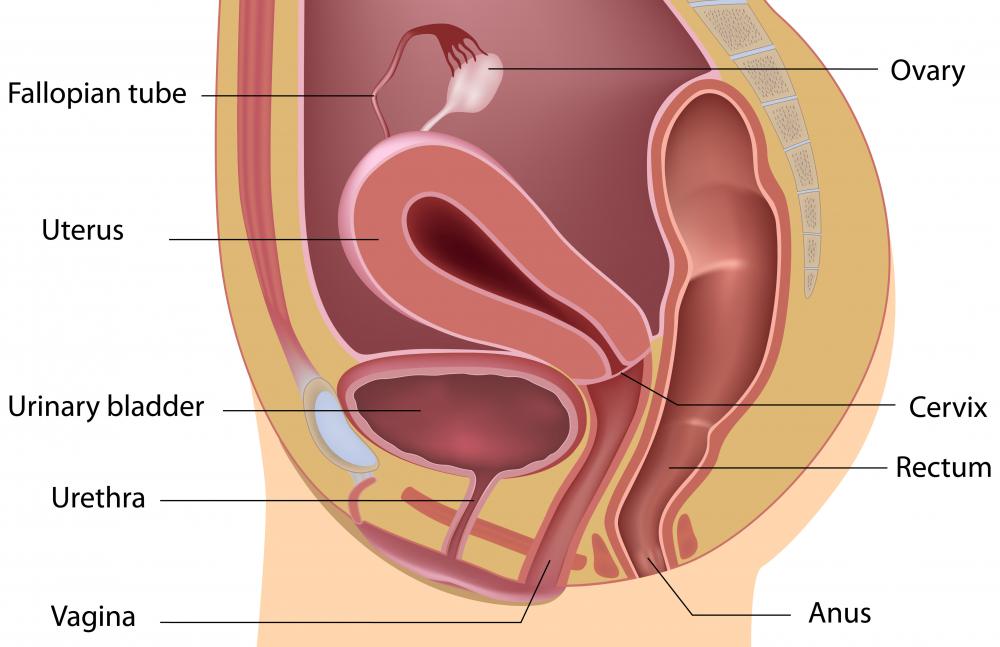At WiseGEEK, we're committed to delivering accurate, trustworthy information. Our expert-authored content is rigorously fact-checked and sourced from credible authorities. Discover how we uphold the highest standards in providing you with reliable knowledge.
What Is Tubal Ligation?
Tubal ligation is the medical term for the procedure performed on a woman to prevent her from having any future children. Also known as female sterilization or “having the tubes tied,” tubal ligation is one of the most effective methods of birth control, with a failure rate of only 0.4%.
The procedure involves sealing off the fallopian tubes in a woman’s body. The fallopian tubes connect the uterus to the ovaries; when an egg is released from one of the ovaries during ovulation, it moves down the fallopian tubes toward the uterus. Once the egg is fertilized, it will continue into the uterus where it will implant and grow. Tubal ligation is a surgical procedure which stops this process by blocking, cutting, or tying off the fallopian tubes, thereby stopping all eggs from moving through the tubes to be fertilized.

Tubal ligation can be done in a variety of ways. An open ligation, also known as a laparotomy, is performed by making a fairly large incision into the abdomen, often in tandem with some other abdominal surgery, such as a cesarean section. Ligation through laparotomy is done under general anesthesia and may carry complications, such as scarring and adhesion. The recovery time for a ligation by laparotomy is longer than the less invasive methods.

A mini-laparotomy is performed through an incision usually less than two inches long (5.08 cm). Often a woman will opt to have a tubal ligation performed right after childbirth, when the fallopian tubes sit higher in the abdomen. The mini-laparotomy is usually the procedure of choice for postpartum patients, where the incision is made just under the navel and is performed within three days after birth.

The method of ligation which is growing in popularity is laparoscopy. Laparoscopy is a procedure where a small incision is made in the wall of the abdomen, and then a narrow viewing instrument and surgical tools are inserted to see and tie or cut the fallopian tubes. Ligation through laparoscopy and mini-laparotomy may be performed by using only a local anesthesia at the site of the incision.
Tubal ligation is considered a permanent method of birth control and is considered highly effective. Reversal of the procedure is possible, but not encouraged. Often the initial procedure will cause permanent damage to the fallopian tubes to the point that a reversal will not result in future pregnancies. If a woman thinks she may want to have children in the future, she should opt for a less permanent method of birth control.
AS FEATURED ON:
AS FEATURED ON:













Discussion Comments
where do the eggs go when your tubes are cut?
Post your comments